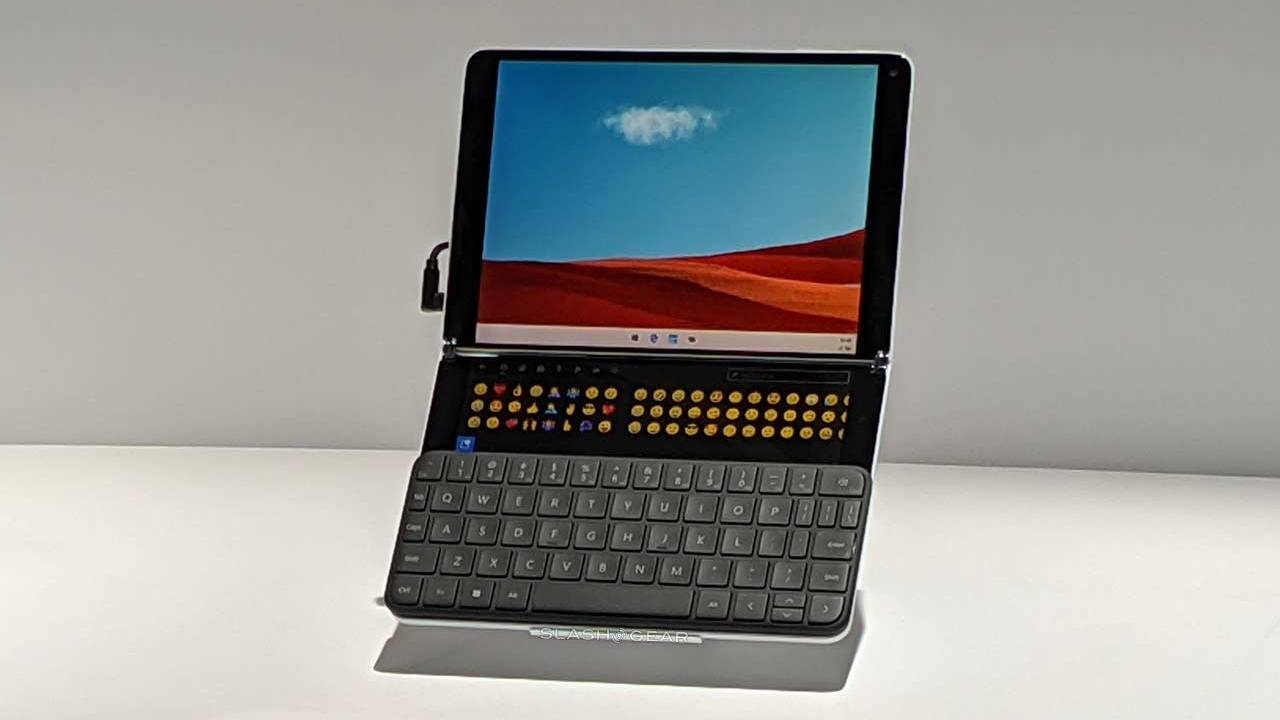The Intel Lakefield lineup, the last-gen flagship processor for dual-screen PCs and notebooks, has now officially been discontinued, along with other desktop and laptop processors. However, Intel’s Lakefield-powered PCs aren’t going to disappear overnight, and will still be available for a while yet.
Surface Neo, the flashiest PC that Microsoft unveiled at its October 2019 event, will now have to run on a new processor if it ever ships.
Intel’s latest move directly affects the development of the delayed Surface Neo. That’s because Surface Neo was also supposed to ship with a Lakefield series chip. Surface Neo was briefly presented in 2019 with a Lakefield processor and nobody ever got the chance to take it home, but the device prototype recently appeared in leaked images.
At that time, Microsoft’s Panos Panay said that Lakefield was specifically designed for dual-screen systems like Surface Neo. For Surface Neo and other dual-screen PCs, Intel reduced the silicon footprint and Surface Neo ran on a circuit board in half the usual size, which allowed the company to make the dual-screen device thinner.
With the Lakefield chip, Intel promised both performance and low power usage in innovative ultra-mobile and ultra-light form factors, especially devices with dual displays or foldable displays. It was also designed for extremely thin laptops that need both performance and low power consumption.

Intel has now discontinued its Lakefield series and Surface Neo or future dual-screen devices will have to use a different processor. At the moment, Intel’s processor is available in products like Lenovo X1 Fold and Galaxy Book S, but it’s not widely used by manufacturers.
Surface Neo and its future
Surface Neo was originally supposed to be part of Microsoft’s dual-screen devices lineup when it was announced alongside the Surface Duo in 2019. While the Surface Duo started shipping in 2020, Surface Neo mysteriously disappeared and it’s possible that the original device has been killed off.
In addition to Intel’s Lakefield processor, Windows 10X, an operating system built with dual-screen devices in mind, has also been cancelled. Windows 10X has been cancelled, but its technologies were reinvented for Windows 11 and Microsoft is now planning to use Windows 10X technology for single-screen touchscreen devices first.
At this point, Windows 11 with Windows 10X features is theoretically expected to launch in late 2021 or early 2022, but on the other hand, we don’t know if Microsoft is still planning to launch a new Surface Neo in the next six months.
In fact, Microsoft has already removed Surface Neo from its website and YouTube channel.
The post Intel retires Microsoft Surface Neo’s Lakefield processor appeared first on Windows Latest
Via Windows Latest https://www.windowslatest.com